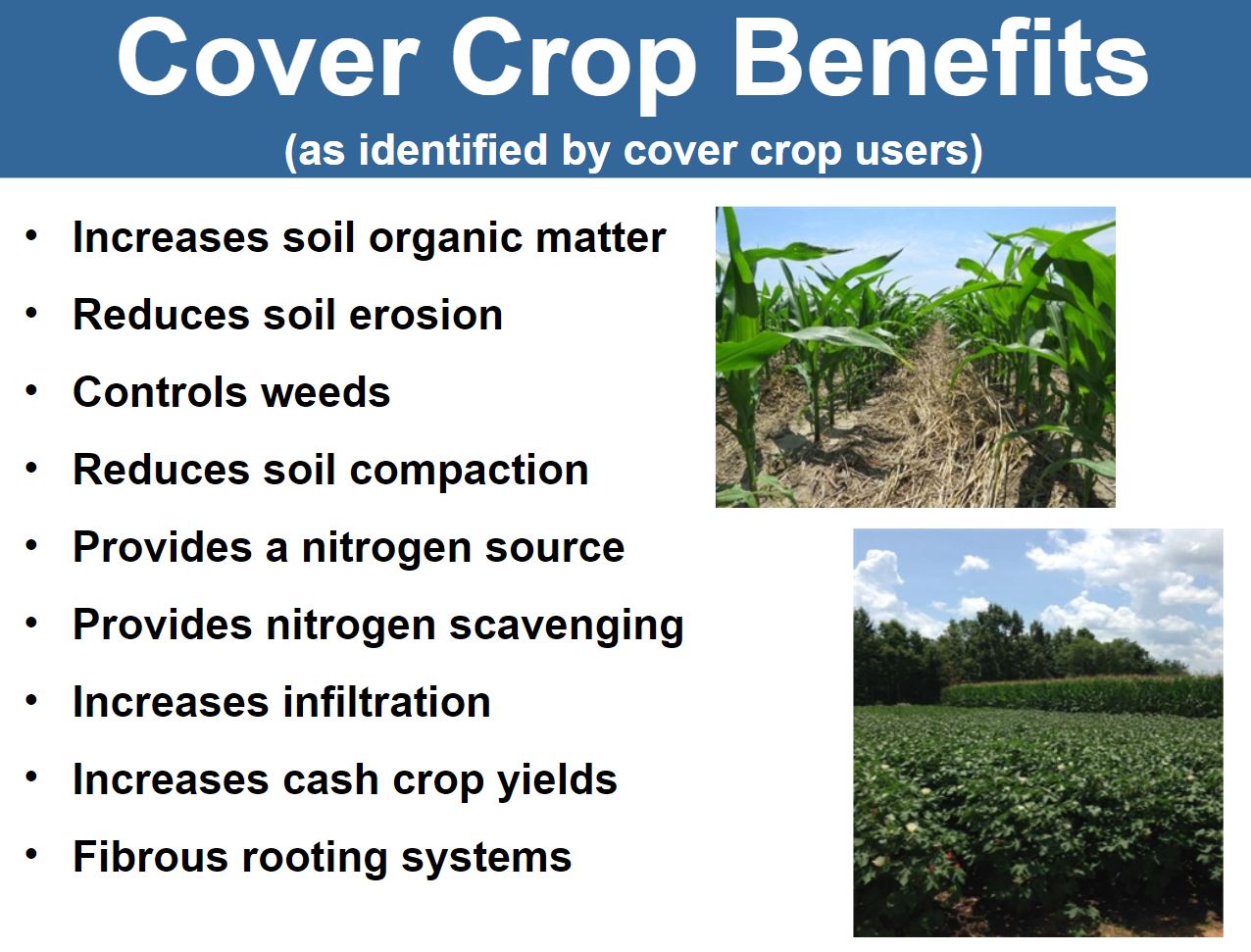St. Paul, MN (December, 2018)—In “Cover Crop Management Considerations,” a new webcast in the “Focus on Cotton” series, National Soil Dynamics Laboratory cropping systems agronomist Kip Balkcom shares cover crop management advice for growers, consultants, and practitioners throughout the Southeast.
 Balkcom outlines the common barriers and discusses the associated costs of establishing and terminating cover crops. He emphasizes the importance of timely planting and terminating and describes the different stand establishment and termination methods. For terminating, rollers are preferred to mowers, as rollers keep the cover crop in place, allowing it to form a dense mass that enhances moisture conservation.
Balkcom outlines the common barriers and discusses the associated costs of establishing and terminating cover crops. He emphasizes the importance of timely planting and terminating and describes the different stand establishment and termination methods. For terminating, rollers are preferred to mowers, as rollers keep the cover crop in place, allowing it to form a dense mass that enhances moisture conservation.
Selecting the right cover crop mixture is also important. Balkcom reveals the results of a study comparing the effects of five cover crop mixtures on cotton production. The study shows that a mixture of rye and vetch produced the highest biomass for cotton at the cheapest rate. The findings also identified a correlation between vetch and higher cotton yields.
There is plenty of evidence to support the adoption of cover crops. However, Balkcom urges growers to remember that cover crops are a long-term investment. “Soil degradation did not occur overnight,” he says, “so improving the soil quality is also going to take time.”
This 28.5-minute presentation is available through the “Focus on Cotton” resource on the Plant Management Network. This resource contains more than 75 webcasts, along with presentations from six conferences, on a broad range of aspects of cotton crop management: agronomic practices, diseases, harvest and ginning, insects, irrigation, nematodes, precision agriculture, soil health and crop fertility, and weeds. These webcasts are available to readers open access (without a subscription).
The “Focus on Cotton” homepage also provides access to “Cotton Cultivated,” a new resource from Cotton Incorporated that helps users quickly find the most current cotton production information available. These and other resources are freely available courtesy of Cotton Incorporated at www.plantmanagementnetwork.org/foco.
